Spring 2016
Olfactory Taxonomy
Olfactory Taxonomy is a data visualization about the subjectivity of scent.
My Role
I worked with Ava Burke to collect data from thirty of our peers about eight specific scents. Then we worked together to both design and develop a web application using HTML, CSS, Javascript and D3.js.
Concept
Our goal for the project was to highlight the feelings and memories that polarizing scents evoke in us. We wanted to observe people's reactions to eight basic scents: Vetiver, Peppermint, Vanilla, Clove, Lavender, Fennel, Egyptian Musk, and Black Pepper. In the world of perfume design, these are known as ‘base notes.’
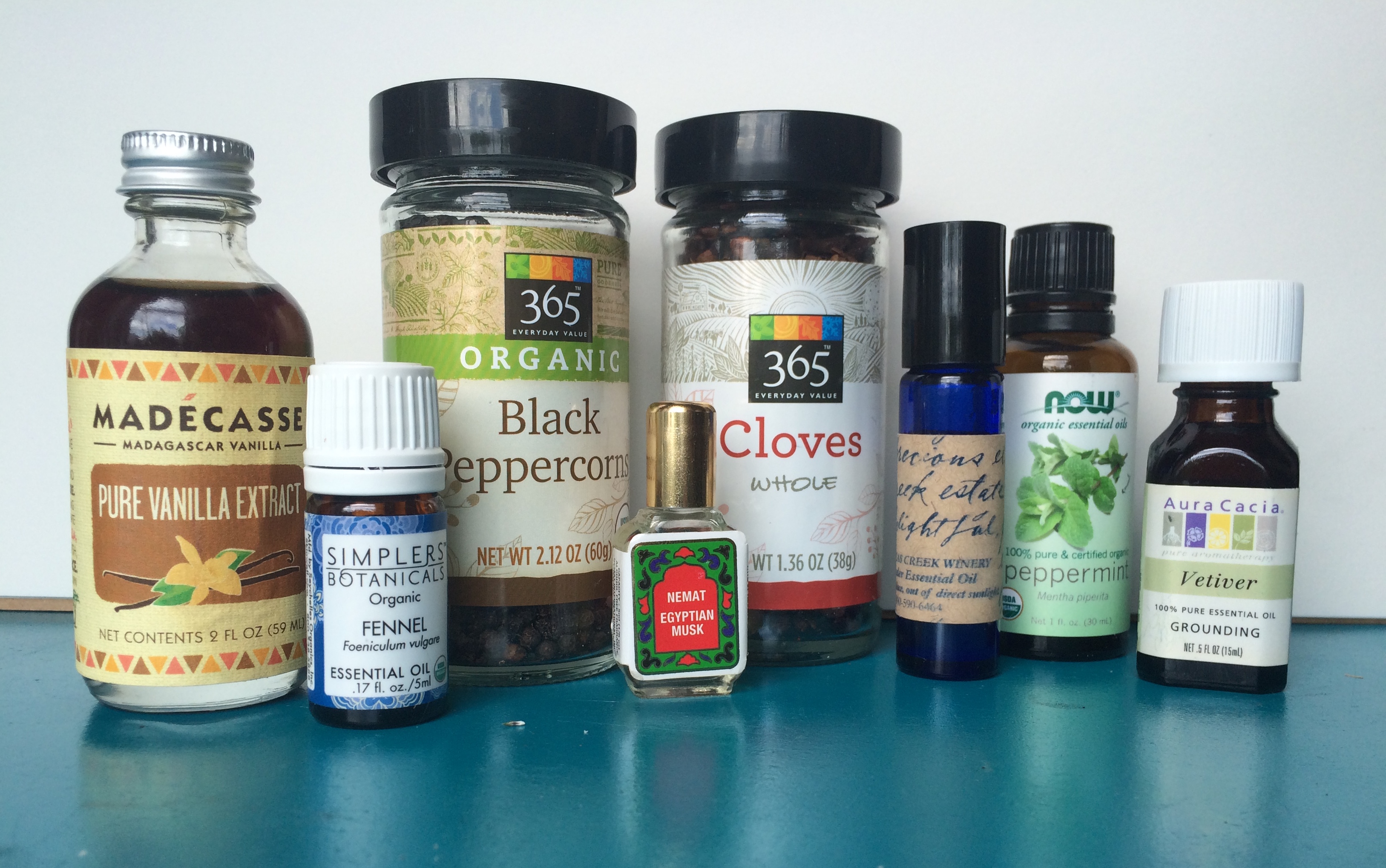
Through these scents, we balanced a desire for variety, accessibility, affordability, and an element of surprise. We placed each scent in a black box, hidden by a layer of felt, so they could be smelled but not seen.
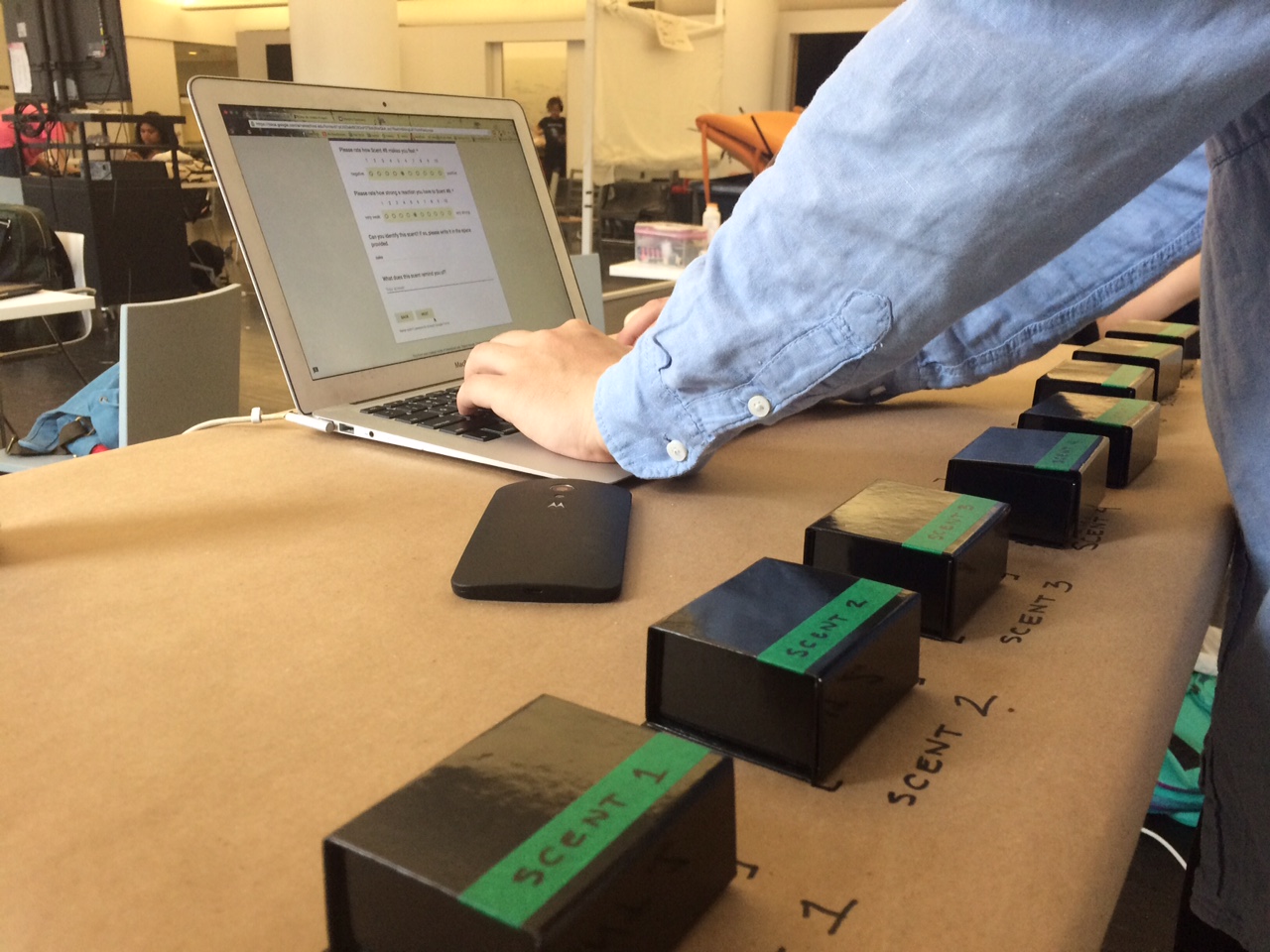
The Visualization
In our visualization, we mapped each participant’s reaction to each scent from 1 - 10, one being very negative and 10 being very positive on the x axis. Then, on the y axis, we mapped the strength of that feeling from 1 - 10, 1 being very weak and 10 being very strong. We also invited participants to name each scent and to share a memory about each scent.
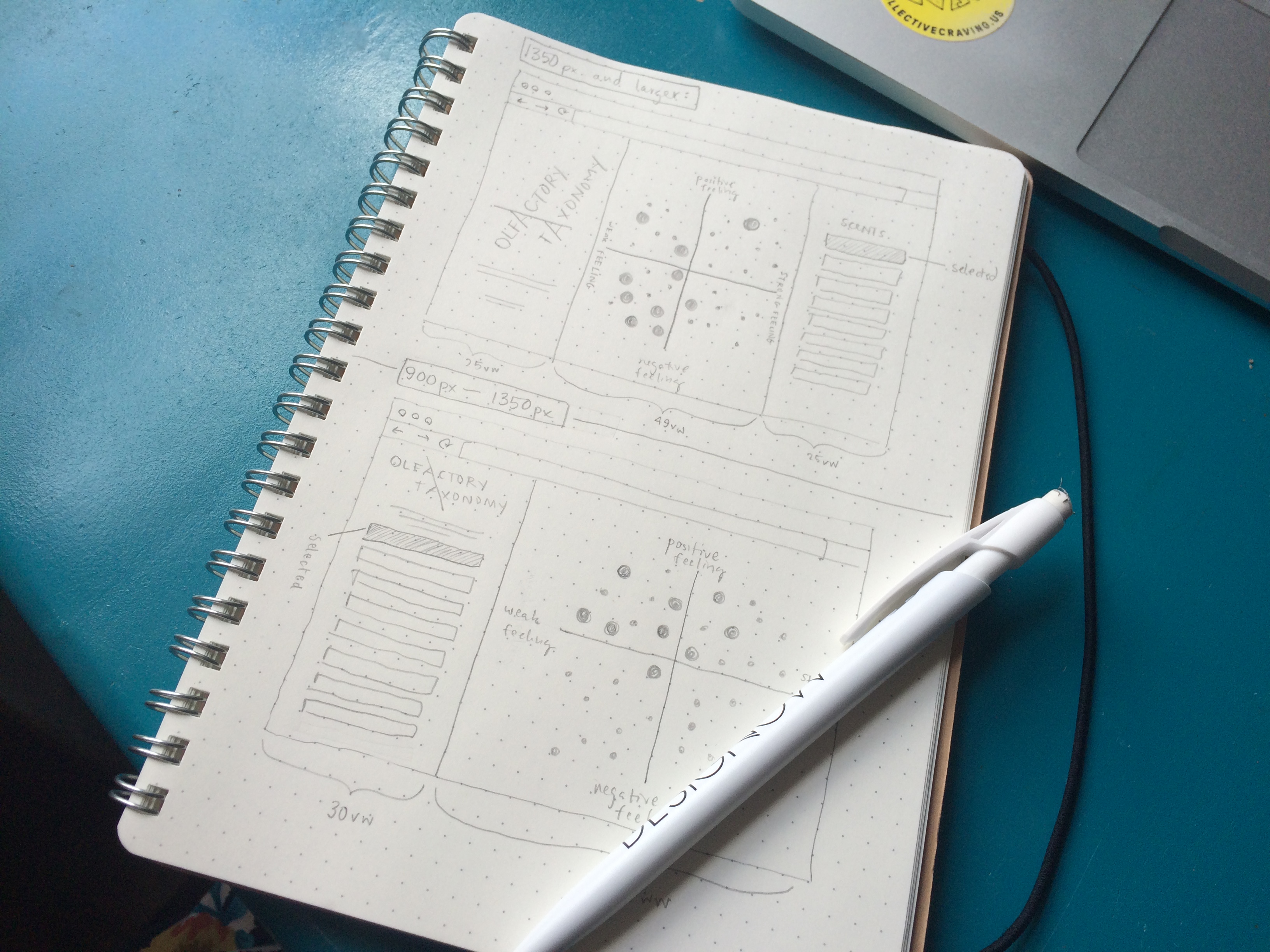
Because we were interested in how our sense of smell affects and informs our memory, we wanted to highlight the personal memories that users shared with us for each scent. We incorporated this data into the visualization by adding a tooltip on each point in the visualization that shows that user’s memory on hover.
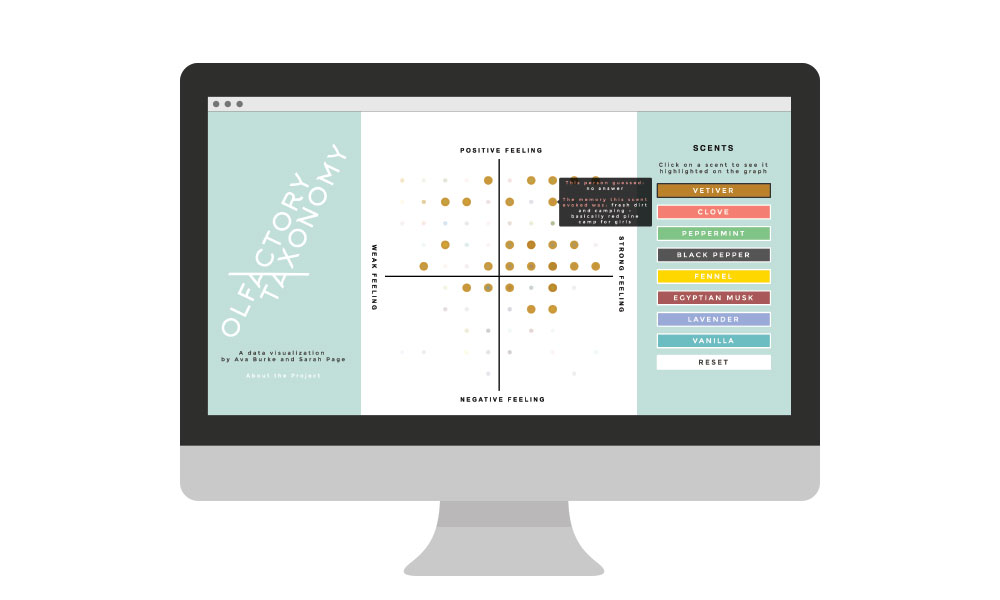
Insights
All participants were enthusiastic and willing to share personal memories
We noticed that participants had a difficult time identifying unnamed scents, even if they could tell the scent 'smelled familiar.’ Although they weren’t required to identify each scent, participants labored over nearly every scent, determined to correctly recognize each smell. Participants also wanted to share their personal memories and stories about each scent.
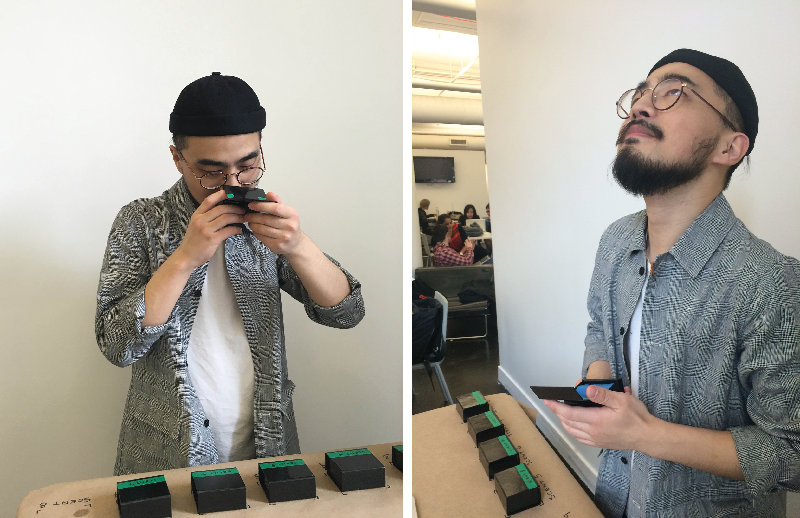
A user’s taste in scents seems to correlate with a that person’s cultural upbringing
In the end, we were surprised to find that some smells we thought would be universally adored were actually quite polarizing. Participants’ preferences usually had a lot to do with the culture they were brought up in. For example, most American participants didn’t like the smell of Fennel, while participants from India and Europe tended to enjoy the licorice-y smell.

Future Iterations
In future iterations, we plan to conduct a broader study of scent and memory and gather the location that each participant is from. We'd then organize the visualization into a map in which users could examine and compare the general scent profiles from different locations across the globe. I think we'd find some interesting results!